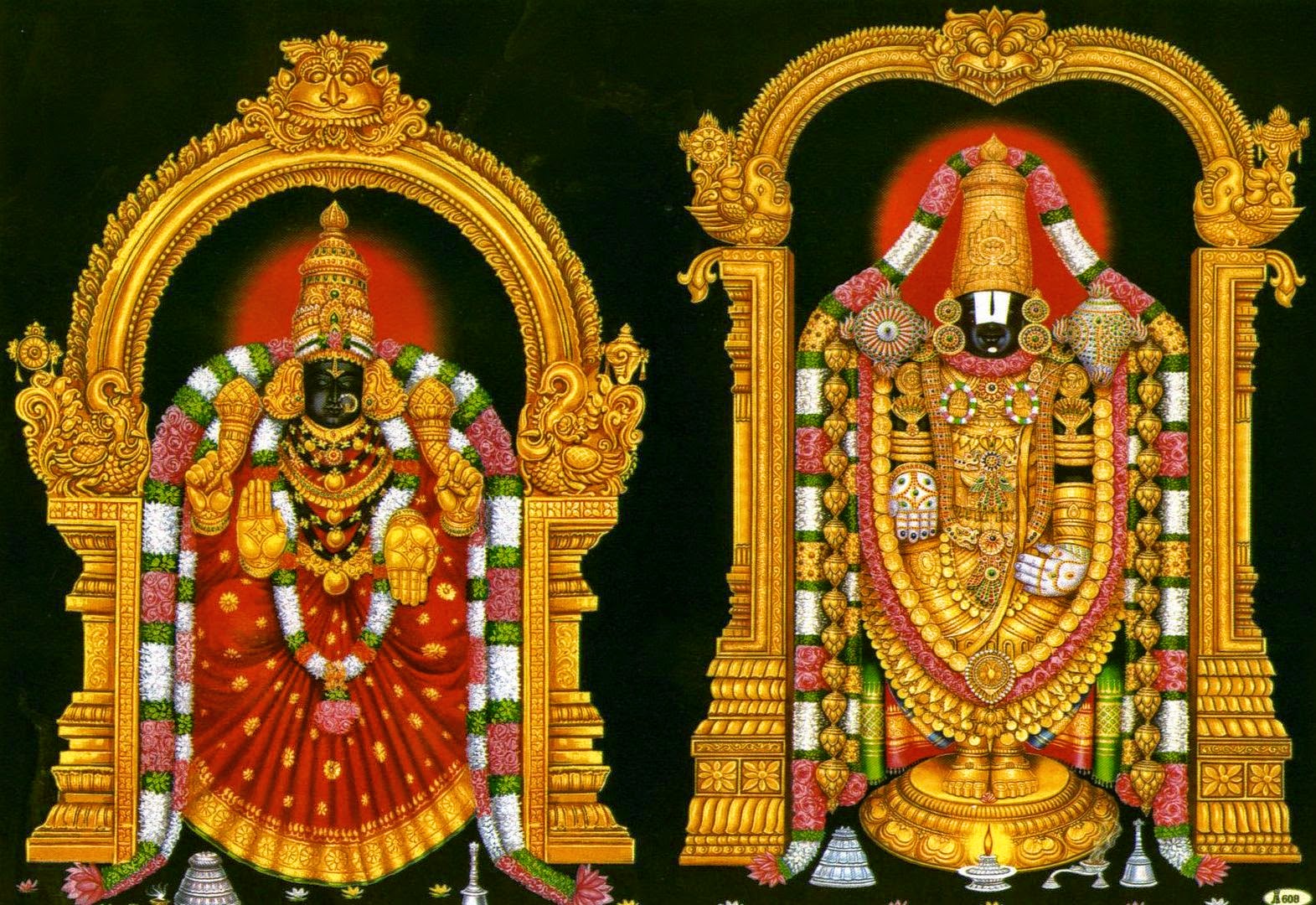The Tree of Life -3.6: Swami Krishnananda.
================================================================
Tuesday, 16 Jan 2024 06:45.
Discourse 3: Severing the Root of this Tree of Life - 6.
================================================================
Therefore, emotional relationships with objects are tantamount to a perpetual sorrow in the beginning, in the middle, as well as in the end. That is why it is called klishta or sorrow-giving, grief-ridden. This is the crudest form of mental connection with an object. That is bad enough, and no one would endorse the presence of such an attachment in respect of things. But there is a very subtle condition which the system of yoga lays before us. Even if we have no emotional attachment to an object, we may be bound by the very consciousness of its presence. There is a wall in front of us. I cannot say that any one of us is emotionally attached to this wall. None of us has an affection towards this wall as a mother may have towards her child, for instance. But we are aware that there is a wall. We are conscious that we are inside a hall. This consciousness itself is a bondage. This is an aklishta vritti, or a non-painful operation of the mind, yet conditioning the mind to objectivity.
Now we can imagine the extent to which we have to go in the control of the mind in order that it may be steadfast in the practice of yoga. If yoga is steadfastness of the mind in the Ultimate Reality of things, no thought, ordinarily speaking, can be regarded as a healthy thought in the light of the requirement of yoga. There is a morbidity attached to every thought, even if it be a so-called unconcerned thought. As the mind operates, it takes a form in the shape of the object; therefore, it is a vritti. When I see a wall, the mind is connected to that operation of the sight. The feature, the structure, the form, the limitation, the finitude of the wall is due to the character of abstraction in which the mind engages itself when it perceives anything whatsoever, for the matter of that.
All perceptions of objects, whatever be their nature, are abstractions from the infinitude of content in nature. Nature has no walls. There are no buildings for nature. It is doubtful if the whole of nature is aware that there are buildings in the world. It is a different type of experience altogether. But we are aware of limited things—marble stones, electric lights, rainfall, wind blowing, people sitting. These are all limited experiences which assume an importance in reality on account of an assumption of isolatedness of these contents abstracted from the totality of nature, in which function the mind engages itself perpetually. It does not mean that the universe is made up of only what we are seeing with our eyes. There are infinitudes of content in the structure of the cosmos, and one phase, one particular characteristic of experience, is culled out from the infinite possibility of the universe for the purpose of present experiences of the jivas or individuals living in this cosmos, which means that in the next creation the world may not take this shape.
As I mentioned yesterday, any image or form can be taken out from the block of stone by a sculptor. From the block of stone the sculptor can carve a tiger, or a Bhagavan Sri Krishna. He can carve a donkey or a monkey. Everything is present in that block of stone. Any thing, any form, any structure, any pattern can be said to be present in this impersonal block of stone. In the same way, every type of universe is present in the Divine Mind. Any universe of any kind of experience can be extracted out of it. This is not the only world that can be created by the will of the Supreme Being. This is why God is sometimes called Ananta Koti Brahmanda Nayaka—the Lord of infinite crores of universes. How many crores are there, nobody can know, just as we cannot say how many crores of images are there inside a block of stone.
===============================================================
To be continued
===============================================================
.jpg)








Comments